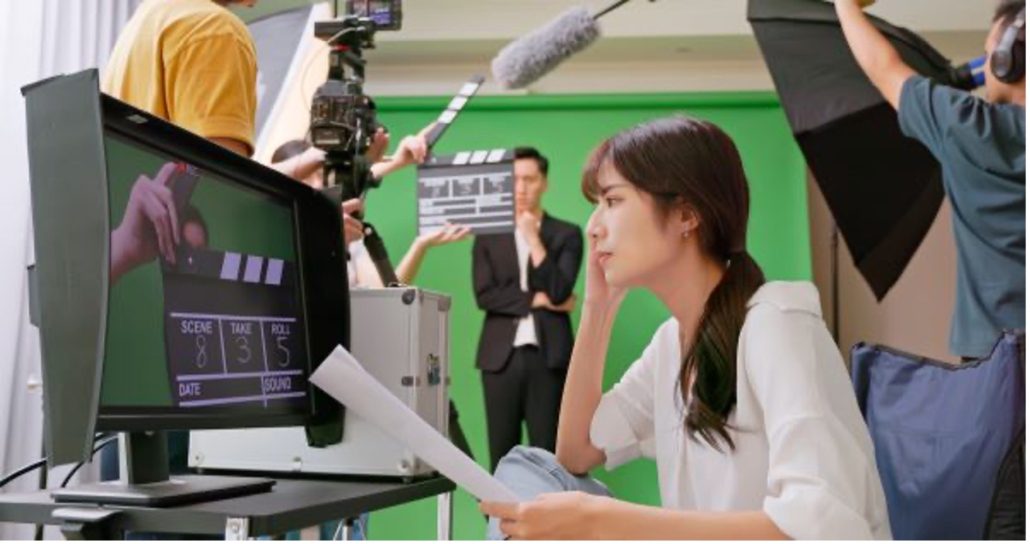Paid Media and Entrepreneurship: A Key Driver for Business Growth
In the world of entrepreneurship, establishing a business and driving valuable growth requires more than just a great product or service; you must also have visibility and engagement with the right audience. While organic marketing efforts can help, they often take time to show significant results. This is where paid media becomes a powerful tool for entrepreneurs. Paid media enables businesses to reach a wider, more targeted audience quickly, providing the momentum needed for growth. Here’s how entrepreneurs can harness paid media to accelerate their business journey.
1. Understanding What Paid Media Really Is
Paid media refers to any form of advertising where businesses both big and small pay to promote their brand, product, or service across various platforms. These platforms can include social media, search engines, websites, and even traditional advertising channels like TV or radio. Common forms of paid media include:
- Social Media Ads: Facebook, Instagram, LinkedIn, TikTok, and other platforms offer advertising solutions to target specific demographics based on interests, location, age, and more.
- Search Engine Ads: Google Ads and Bing Ads help businesses to appear at the top of search results when users search for relevant keywords.
- Display Ads: Banners and visual ads placed on websites or apps.
- Influencer Marketing: Paying influencers to create engaging promotions of products or services to their audience.
- Sponsored Content: Paying for your content to appear as promoted posts on news websites, blogs, or social media.
For entrepreneurs, paid media offers a way to get in front of the right people at the right time, helping to accelerate brand awareness and drive conversions.
2. Why Paid Media is Essential for Entrepreneurs
Entrepreneurs often operate with limited resources and need quick results to generate revenue and sustain their business. Paid media can provide the following key advantages:
- Immediate Reach: Paid media allows entrepreneurs to quickly reach a large, targeted audience. Unlike organic marketing, which can take months or years to build momentum, paid ads can place a brand in front of potential customers within hours.
- Targeted Advertising: Paid platforms like Facebook Ads, Google Ads, and Instagram offer advanced targeting options, allowing entrepreneurs to narrow down their audience by demographics, behavior, and interests. Doing so ensures that marketing efforts are focused on the most relevant audience, which will lead to higher conversion rates.
- Measurable Results: Paid media offers detailed analytics and insights. Entrepreneurs can track metrics such as impressions, clicks, conversions, and ROI in real time, helping them make the right data-driven decisions and optimize campaigns for better performance.
- Cost Control: Paid media platforms allow businesses to set specific budgets, whether daily or overall campaign limits. Entrepreneurs can start small, experiment with different strategies, and scale up based on what works, ensuring efficient use of resources.
3. Creating an Effective Paid Media Strategy
While paid media offers many opportunities for growth, it requires a well-thought-out strategy to maximize its impact. You can reach out to a paid media agency London for expert help, but here’s how entrepreneurs can create an effective paid media strategy:
- Define Your Goals: Before launching a paid media campaign, identify what you want to achieve. Are you looking to increase brand awareness, drive website traffic, generate leads, or boost sales? Defining clear objectives will guide your ad creation and targeting decisions.
- Know Your Audience: Understanding who your target audience is and how to reach them is crucial for a successful paid media strategy. Take the time to research your ideal customers—what are their interests, needs, pain points, and behaviors? Doing so will help you to create highly targeted ads that resonate with the right people.
- Select the Right Platform: Different paid media platforms cater to different audiences. For example, Instagram and TikTok are great for visually driven businesses targeting younger demographics, while LinkedIn is ideal for B2B companies. Choose platforms that align with your audience and marketing goals.
- Create Engaging Content: Paid media is most effective when it captures attention and engages users. Focus on creating high-quality visuals, compelling copy, and a clear call to action (CTA) that encourages users to take the desired action. Experiment with different ad formats—videos, carousels, or stories—to see what resonates with your audience.
- Test and Optimize: Paid media offers the flexibility to test different strategies. Entrepreneurs should run A/B tests on various ad elements such as headlines, visuals, CTAs, and targeting parameters to find the most effective combinations. Continuously monitor performance and adjust campaigns to improve ROI.
Conclusion
Paid media is a critical tool for entrepreneurs looking to accelerate business growth and reach their target market quickly and efficiently. With the ability to create targeted campaigns, track measurable results, and control costs, paid media offers entrepreneurs the flexibility and power to scale their businesses. By investing in a solid paid media strategy, entrepreneurs can drive traffic, generate leads, and ultimately grow their brand in an increasingly competitive marketplace.





